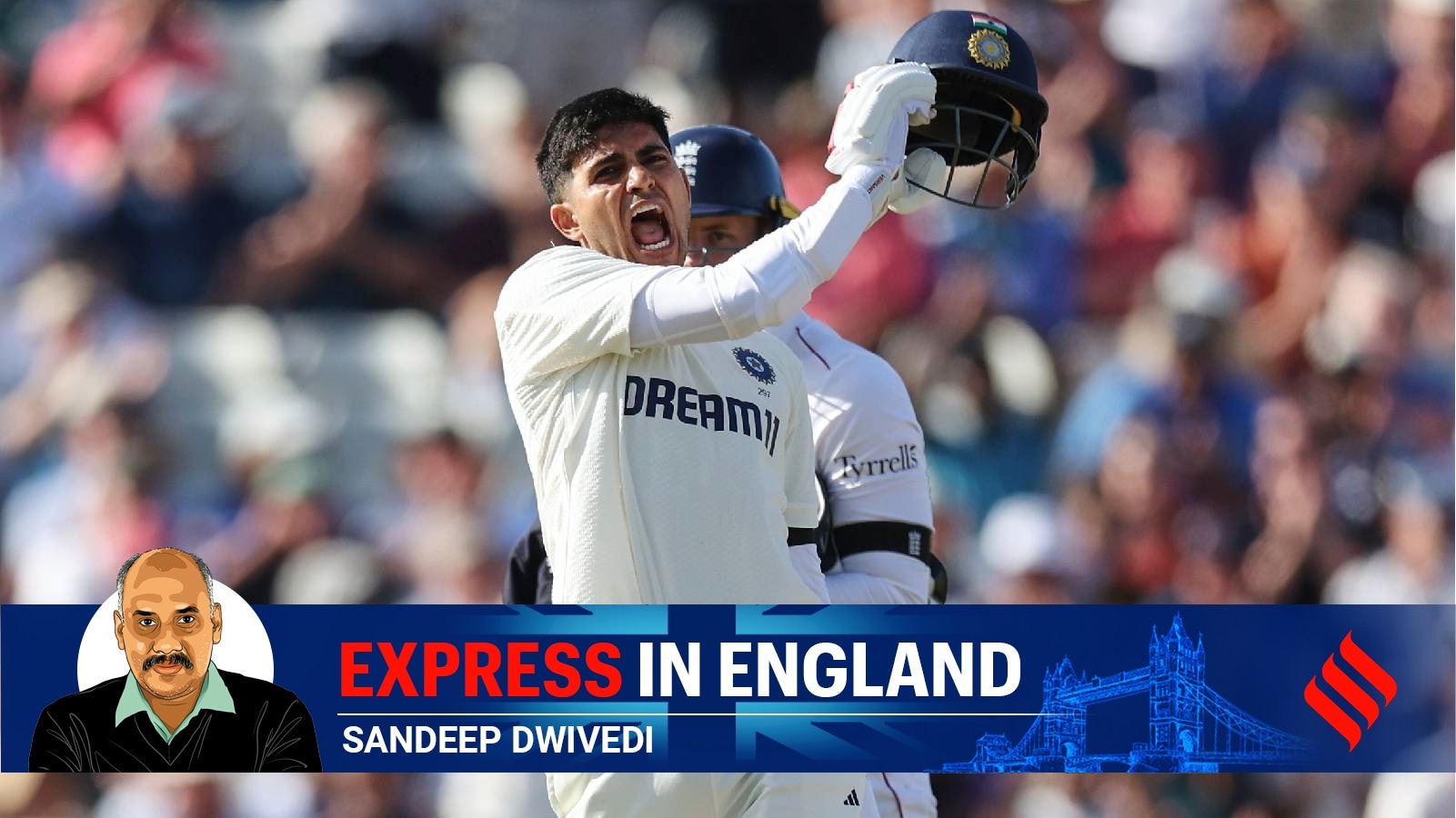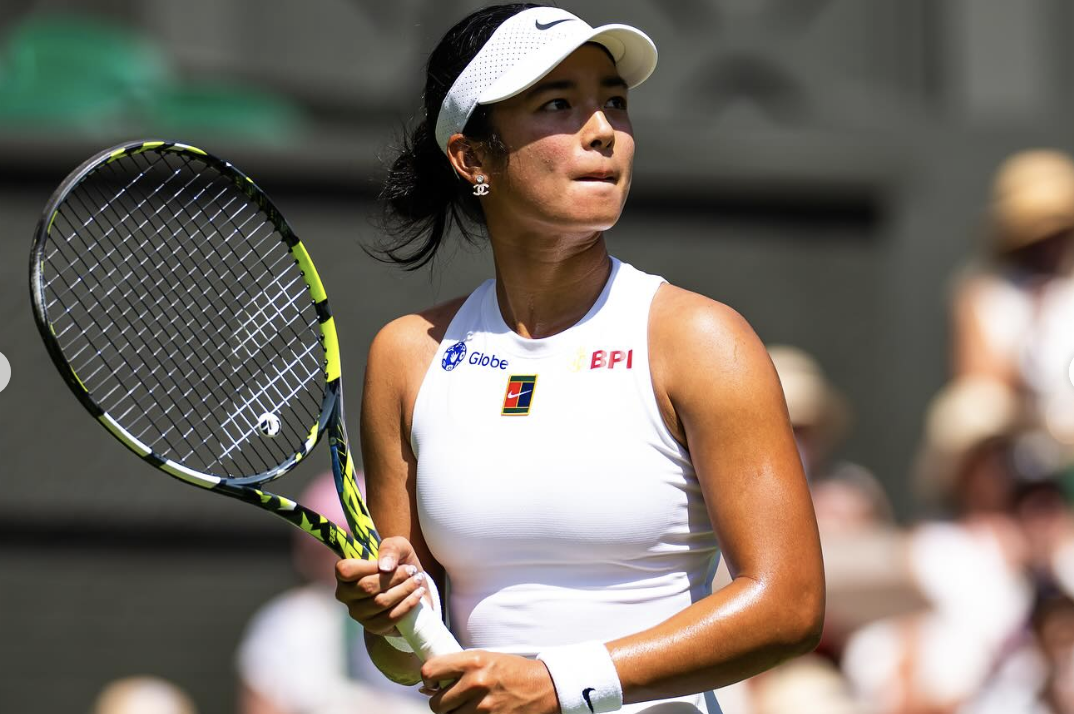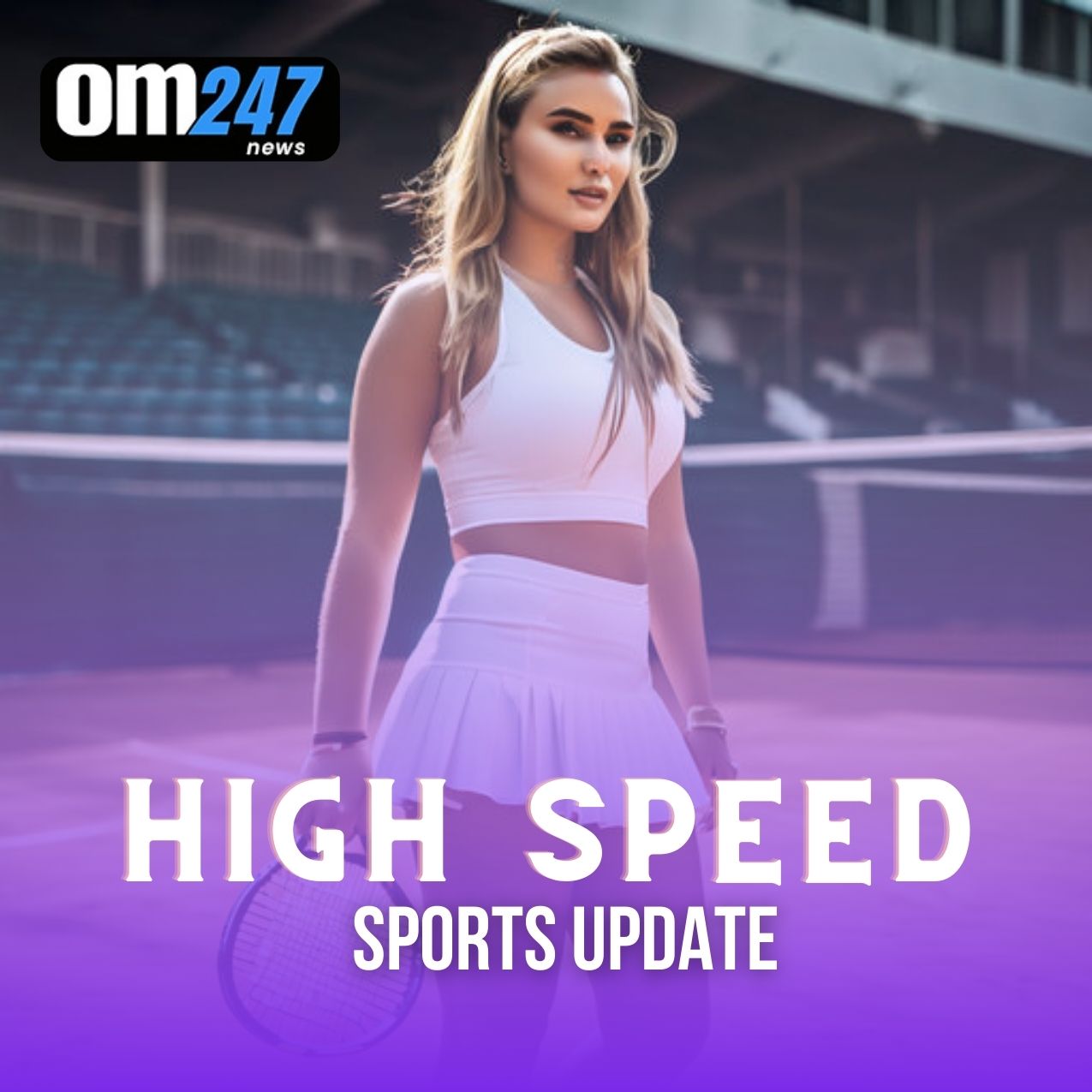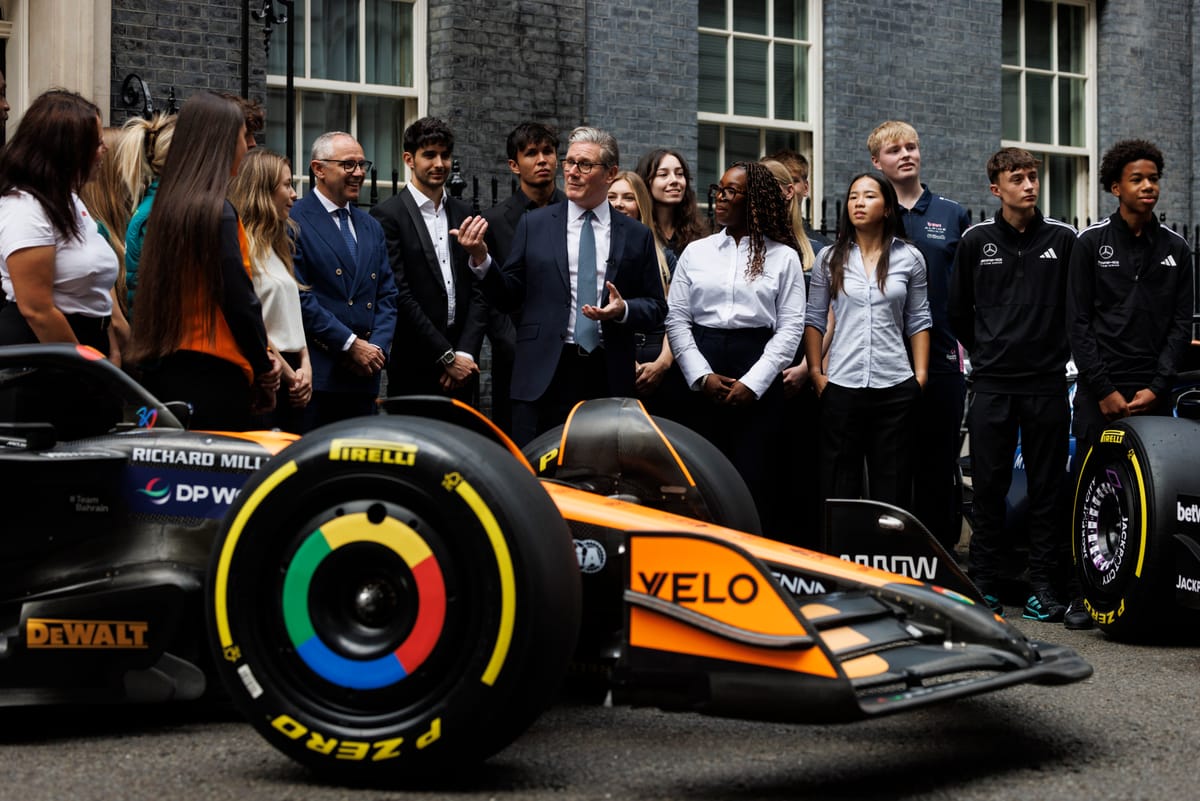Jannik Sinner's Rome Masters return comes as Max Purcell has over a year left on doping ban
World number one Jannik Sinner makes his return to the tennis scene this week in the friendly climes of the Rome Masters.You may not have noticed his absence if you're one of the many tennis fans who only chime in for a couple of weeks four times a year for the grand slam tournaments.That may also be because the doping ban he served lasted about as long as the lay-off for a broken ankle.Sinner's ban at odds with previous WADA decisions Photo shows Jannik Sinner sits courtside with his hands together under his chin after losing the China Open. The net is in the foreground. Athletes and legal experts are speaking out about the apparent double standards at play in the decision to ban world number one Jannik Sinner for three months in between tennis grand slams.Sinner hasn't missed a major since testing positive to trace amounts of a banned steroid in March last year, and has in fact won seven titles in the intervening time, including the 2024 US Open and 2025 Australian Open, after news of the tests became public.Not three weeks after defending his crown in Melbourne, Sinner was banned for those positive doping tests.The process and the eventual three-month ban in between grand slams was roundly criticised and equated to "getting suspended during spring break", but there will be understanding from some of his peers who have witnessed the vagaries of the anti-doping regime up close.One thing's for sure, Italian fans are happy to see Sinner back, turning out in droves for his practice sessions. (Getty Images: Dan Istitene)"I think it definitely will be divided," Australian tennis player turned commentator John Millman said of the expected reception on tour."The reality is on tour, not everyone gets along with each other, [but] we all kind of function together."I think what Jannik has proven is that he's very, very good at blocking out the noise … I don't necessarily think it'll affect his performance but there's definitely divided perceptions out there."Sinner's case came after five-time major winner Iga Świątek copped a one-month ban in similar circumstances, while Australian doubles star Max Purcell was banned for 18 months over intravenous infusions that contained no banned substances.And while the results are undeniably convenient for two of the biggest names in tennis, it's an over-simplification to say they got slapped on their wrists with substances in their system while Purcell copped a bigger blow for simply receiving too much fluid.Sinner considered quitting tennis Photo shows Jannik Sinner holds the Australian Open trophy. Jannik Sinner admits he thought about walking away from tennis prior to accepting a three-month doping ban earlier this year.Reading the full decisions for Sinner, Świątek and Purcell is always a worthwhile process.In the case of Sinner, he argued clostebol got into his system because a member of his support staff gave him a massage with a certain ointment on his hands that may have got into open wounds on Sinner's feet.Świątek said her doctor recommended she take a sleeping medication that was contaminated by a banned metabolic modulator called trimetazidine.And Purcell received a pair of 500mL intravenous infusions that exceeded the allowed limit of 100mL per 12-hour period.The explanations, as is often the case, were accepted to some degree by the various bodies involved but all three players were found to have not been as cautious as they could have been to avoid a doping violation.A problem with process or players?John Millman spent more than 15 years on the ATP Tour. (Getty Images: Future Publishing/Chris Putnam)But between highly strung athletes, sometimes even more highly strung fans, and the often opaque processes and drip feeding of public information, the conversation is rarely so nuanced.And, according to Millman, that is part of the problem."You've just got a really drawn-out procedure and that's not right," he told ABC Sport.ABC Elite Athletes in Australian Women's Sport Survey: We want to hear from you Photo shows A stylised graphic with three silhouettes of unidentified a female footballer, tennis player, basketballer ABC Sport and Deakin University have partnered to produce the first ABC Elite Athletes in Australian Women’s Sport Survey."I think there needs to be consistencies in how long it takes your case to be heard, that needs to be black and white. … There's so much grey area and I just think there needs to be consistencies."Regardless of what status of player you are, there needs to be consistencies in rulings and what can and cannot be in your system." I just think the system needs an overhaul. … We just need to get it right where everyone gets a fair hearing and a fair go. "Millman said any questions around doping should be kept private until the matter is resolved to avoid unwanted and unfair speculation.Purcell, for example, was revealed by the International Tennis Intergrity Agency (ITIA) in December last year to have entered into a voluntary provisional suspension.The ITIA release said it related to an anti-doping breach and "to the use of a prohibited method".Max Purcell's ban will last until June 2026. (Getty Images: Morgan Hancock)It wasn't until his ban was confirmed at the end of April, after months of speculation and misleading information, that we got any significant detail as to what that meant.The ITIA's investigation found that on December 16, 2023, Purcell and another professional tennis player texted about a "hydration session" at a medical clinic in Bali and that afternoon, Purcell said he had had an infusion. Another text from that second player revealed Purcell got another infusion on December 20, both of which were five times the legal limit.Messages between Purcell and the unnamed player showed the Australian doubles star asked clinic staff not to keep receipts around the infusion, which he told ITIA was because he wanted to keep his physical state and preparations private.In the texts, he discussed ways to justify the infusions including faking an illness, which he said was in case the clinic refused to give him an infusion; and after the first infusion he researched whether the method was prohibited by WADA.Kyrgios calls dopers 'disgusting', Thompson says Purcell's ban a 'joke' Photo shows Nick Kyrgios plays a backhand Jordan Thompson has criticised the ban handed to his grand slam-winning doubles partner Max Purcell, describing the ruling as "a bit of a joke".The ITIA investigation found evidence on the other player's phone in exchanges, although Purcell had since deleted some of this from his phone.Eleven days after ITIA requested an in-person interview over the infusions, Purcell sent a statement to the ITIA saying up until that point he was under the impression the infusions were less than 100mL and he was "utterly shocked" to find out otherwise but accepting he breached the code."I told them less than 100mL and both times they seemed to understand me," he said.The clinic confirmed there "may have been a misunderstanding", but the ITIA found a "significant degree of fault and negligence" on Purcell's part, including not "taking the extremely simple step of looking at the IV bag containing the infusion". (100mL is a decent sized eye-dropper bottle, 500mL is two metric cups.)The investigation said the breach was not believed to be intentional in the sense that it was likely Purcell didn't know there was a significant risk it might violate the rules and did it anyway."This case does not involve a player testing positive for a prohibited substance but demonstrates that the anti-doping rules are broader than that," ITIA chief executive Karen Moorhouse said.All that to say almost no two cases are as simple as: "You're a doper, you're not."Sometimes tax evasion is declaring the wrong thing as a work expense, sometimes it's creating a shell company in the Cayman Islands so as not to pay your fair share. You may be tarred with the same brush, but the two instances bear little resemblance to one another.As someone who likes to be thorough and read through individual cases before making a judgement, Millman believes neither Sinner nor Purcell intentionally did anything wrong, but said it didn't sit right with him that his compatriot's punishment was so much more severe than that of his higher-ranked peers."It’s different cases but it seems like one was quite extreme," he said, while acknowledging that top players get preferential treatment in terms of everything from hotel rooms to practice court times.Millman admitted he has a tendency to side with the players in these cases, perhaps because he spent more than 15 years on tour, during which time he reached a career-high singles ranking of 33.Loading...He never had the sort of profile that Sinner commands, nor the entourage that comes along with it.That means it was on him to be extra careful and triple check everything going into his body, which is where Purcell fell down. On the flip-side, Sinner was undone by the size of his support crew, not checking that the treatment being used by his physiotherapist was WADA compliant, nor that there was potential for it to get into his system.He couldn't have asked for better treatment from the authorities, nor a cushier landing spot for his comeback, conveniently timed at his home Masters in Rome just a few weeks before the second major of the year, the French Open.Shaking or ignoring the perceptions of those who will always think of the last three months when they look at him might just be a bigger challenge than winning either of those tournaments.















